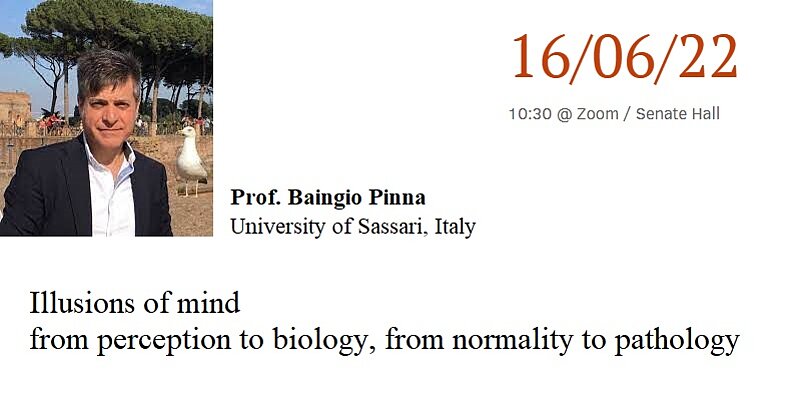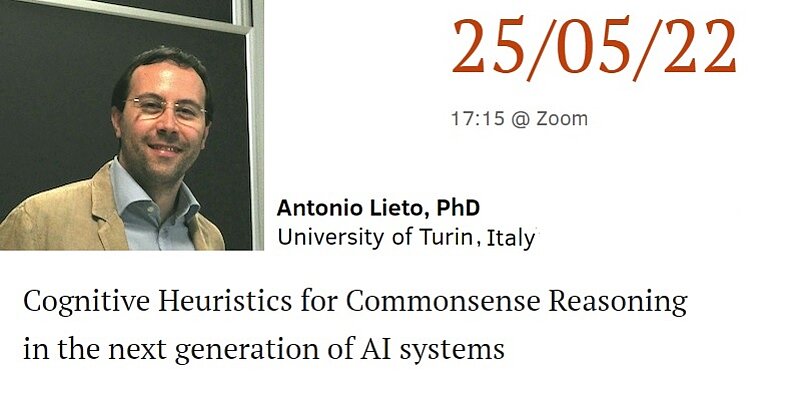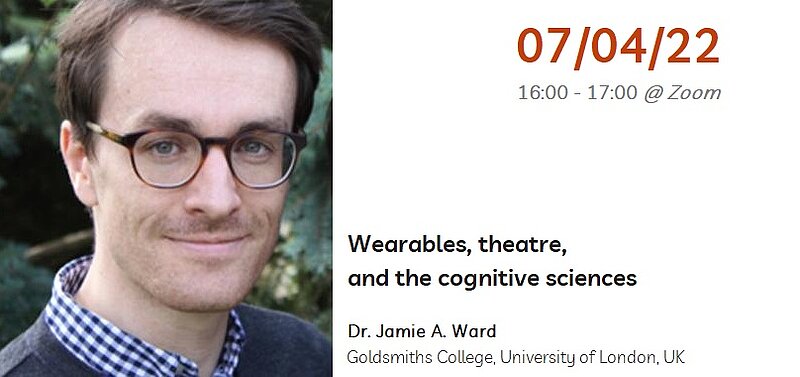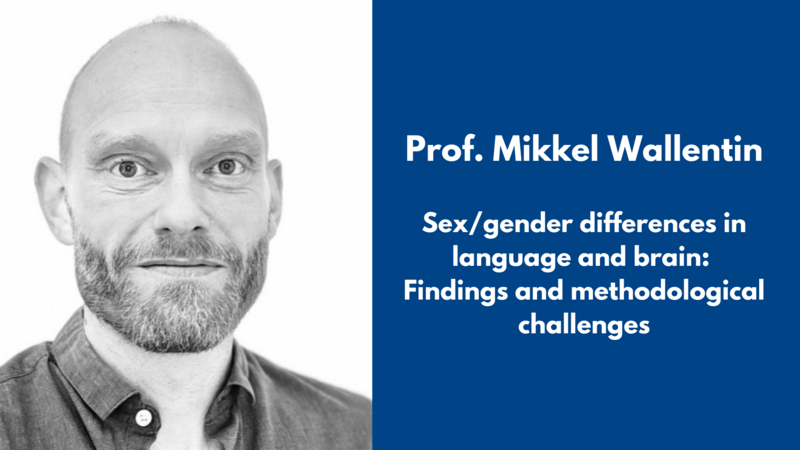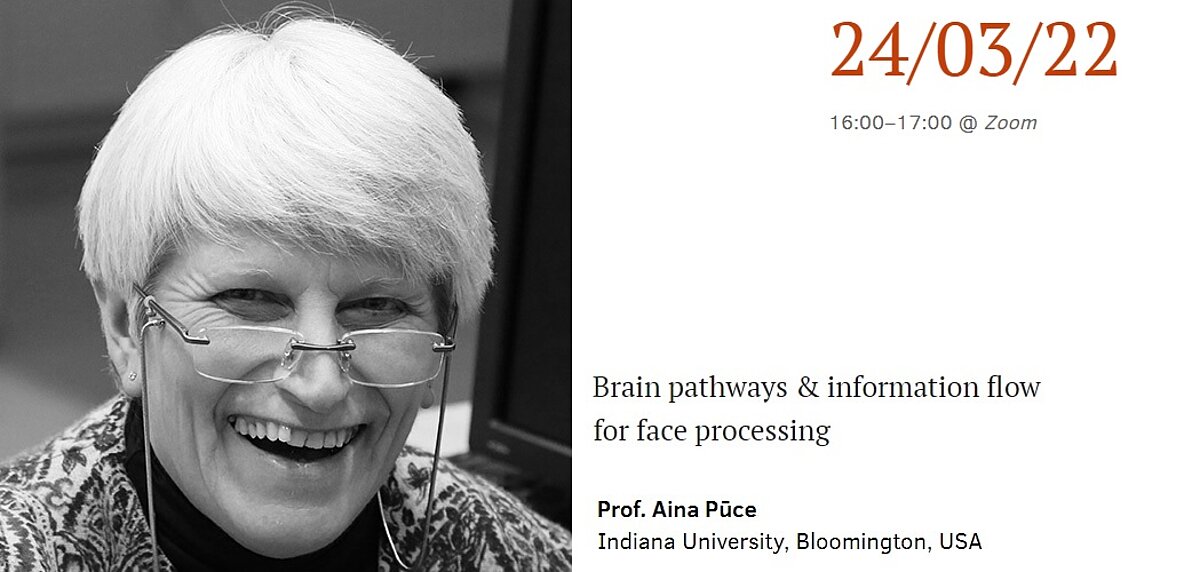
March 24, 2022
16:00
Brain pathways & information flow for face processing
Guest lecturer: Prof. Aina Pūce, Ph.D.
While the components of the human face processing pathway are known, there is still debate about how these various brain regions are connected. I will describe a recent study where we attempted to investigate a putative route for information flow between the fusiform gyrus and the superior temporal sulcus [STS]. These 2 regions are critical for processing different aspects of faces, but it is known that there is no direct white matter pathway between the two. We analyzed intracranial field potential data in epilepsy surgery patients to a complex face task and identified active sites to face stimuli in 4 regions of interest in the ventral occipitotemporal pathway within a standardized 3D anatomical space. We then identified endpoints of known white matter pathways in over 1000 healthy subjects [Human Connectome Project] expressed in the same 3D space. An overlap analysis between active face sites and white matter pathway endpoints was performed to look for a putative route of information flow between fusiform gyrus and STS. We make the claim that information travels between the two via an indirect connection through the inferior temporal cortex.'
Aina Pūce, Ph.D., is Eleanor Cox Riggs Professor of Psychological & Brain Sciences in Neuroscience & Cognitive Science programs at Indiana University, Bloomington, USA. She is also an affiliate at Indiana University Network Institute.
Prof. Pūce is among the most prominent contemporary neuroscientists. A current research focus of prof. Pūce is on brain basis of non-verbal communication – the study how consciously or unconsciously perceived face and body motion influences decisions about the intentions, goals and mental states of others. Her research integrates the use of high-density electroencephalography (EEG) and magnetoencephalography (MEG), functional and structural magnetic resonance imaging (MRI), white matter tractography and infrared eye tracking. Prof. Pūce’s research group also investigates structural/functional connectivity patterns in the brain as subjects evaluate the social behaviors of others.
- Twitter: @aina_puce
- Wordpress: neurowanderer.blog

 Academic Centre
Academic Centre